Context: Recently, Odisha Chief Minister Naveen Patnaik at the Tribes Advisory Council Meeting, announced Rs 50 thousand for the needy ST-SC students to pursue degree courses.
About Tribal advisory councils (TACs)
News Source: HT
Context:
Recently a meeting was organized to review the progress of Phase-III of the Mission Organic Value Chain Development for North Eastern Region (MOVCDNER).
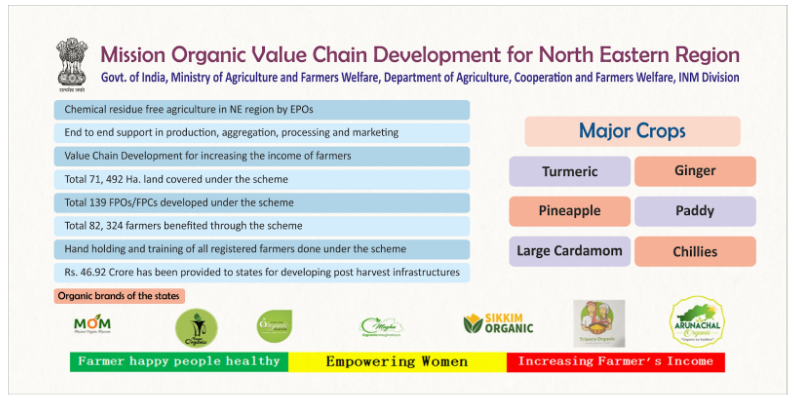
Image Source: Government of India
About Mission Organic Value Chain Development for the North Eastern Region:
| Additional Information:
About National Mission for Sustainable Agriculture(NMSA):
|
News Source: PIB
Context:
More about the news:
Location of Sudan:
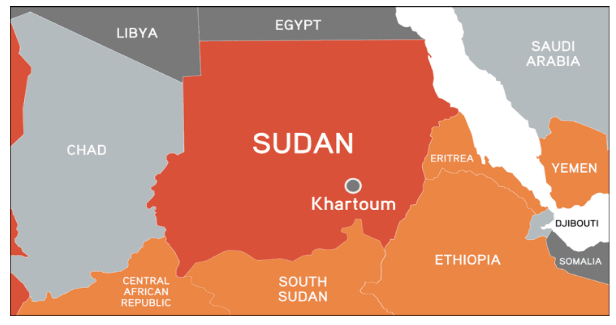
Darfur Region:
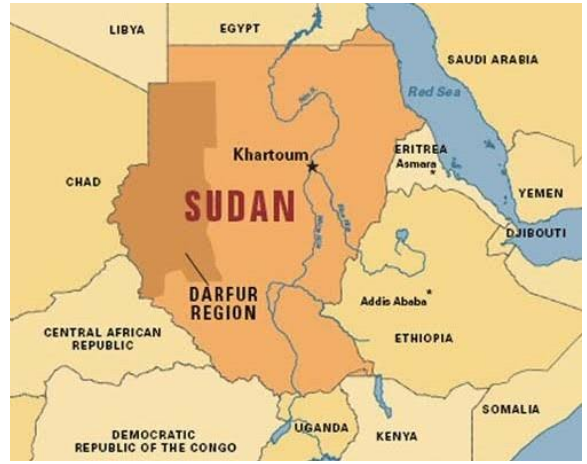
Darfur Conflict:
Context:
Reasons for Deflationary Trends:
Wholesale Price Index:
Items Included in Wholesale Price Index:
Context: Recently, the Indian External Affairs Minister attended the 13th East Asia Summit (EAS) Foreign Ministers’ meeting in Jakarta, Indonesia.
About East Asia Summit (EAS)
About Taiwan Strait:
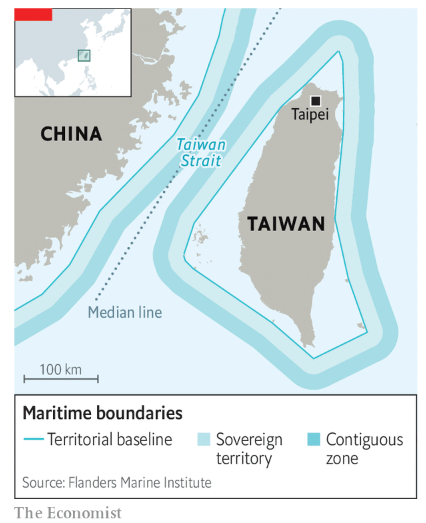
Image Credit: The Economist
News Source: the HIndu
Context:
Recently, the Ministry of Home Affairs (MHA) conducted the G20 Conference on ‘Crime and Security in the Age of NFTs (Non-Fungible Tokens) AI and Metaverse’ in Gurugram, Haryana.
About Non-Fungible Tokens:
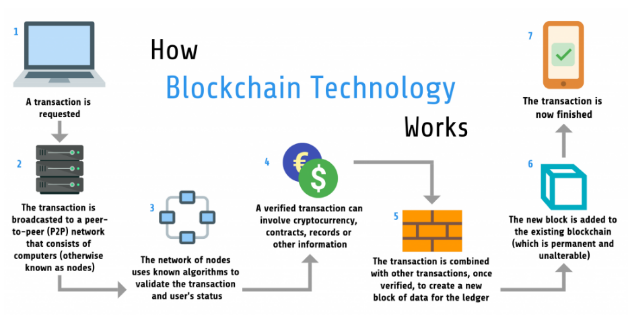
Image Credits: Medium
 NFTs are created through a process called minting, in which the information of the NFT is recorded on a blockchain.
NFTs are created through a process called minting, in which the information of the NFT is recorded on a blockchain. What is Non-fungibility?
|
How is an NFT different from Cryptocurrency?
| NFT | Cryptocurrency |
|
|
|
|
|
|
Characteristics of a non-fungible tokens:
What types of assets can non-fungible tokens be used for?
Benefits:
Challenges Associated with Non-Fungible Tokens:
Key Points Discussed at the Conference:
|
News Source: The Hindu
Context:
| Probable Question:
Q. What are the key challenges hindering pulse production in India, and suggest strategies that can be implemented to overcome these challenges and enhance pulse production in the country. |
About Pulses:
Status in India:
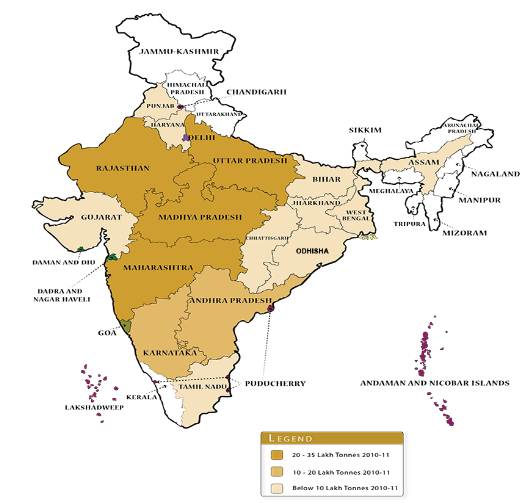
Major pulses grown and consumed in India:
Tur and Urad statistics:
Unique role of pulses:
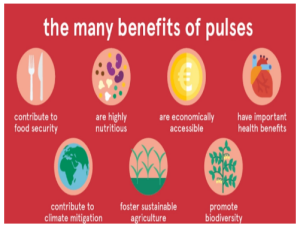
Challenges with pulse production in India:
Way Forward:
News Source: Business Standard
Context: Recently, the Ministry of coal has set a target to gasify 100 million tonnes of coal by FY 2030 in line with its energy transition plans.
| Probable Question:
Q. What are the reasons for pursuing coal gasification, the challenges associated with its implementation, and potential strategies to overcome these challenges and move forward with the technology? |
Highlight
National Coal Gasification Mission
|
Need for Coal Gasification: Abundant indigenous Coal Source
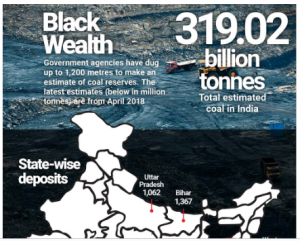
About Coal Gasification:

Image Source: White Paper on Coal Gasification
Methods of Coal Gasification
Types of Gasifiers
Advantages of Coal Gasification:
Challenges in Coal Gasification:
Way Forward:
News Source: Livemint
SC Verdict on Newsclick Shows Adherence to Due Pro...
Stay Invested: On Chabahar and India-Iran Relation...
Credit Rating Agencies, Impact on India’s De...
Catapulting Indian Biopharma Industry
Globalisation Under Threat, US Import Tariffs Have...
Global Report on Hypertension, Global Insights and...
<div class="new-fform">
</div>
